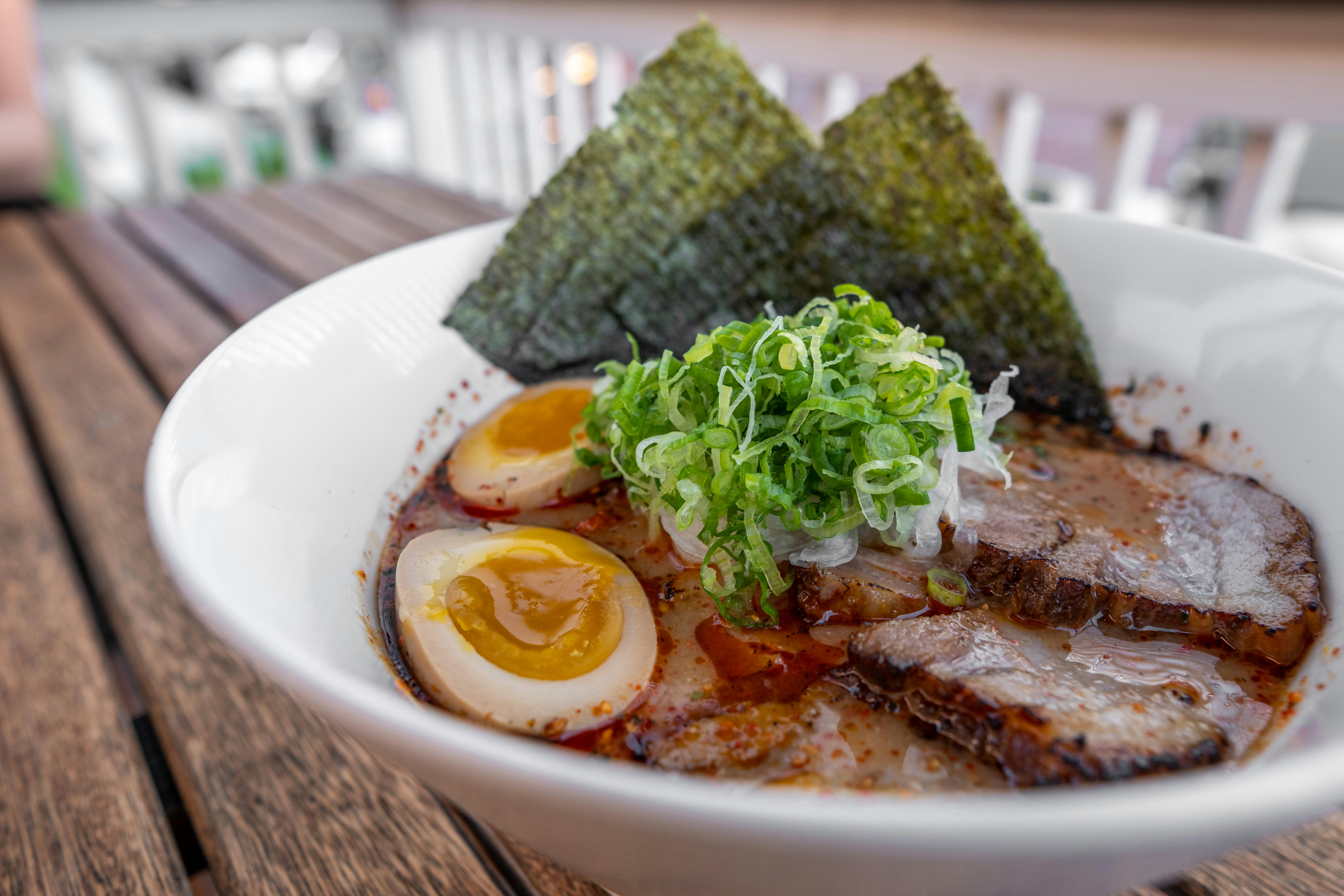Effective Ways to Cook Meatloaf at 400°F in 2025

Effective Ways to Cook Meatloaf at 400°F
Introduction to Cooking Meatloaf
Meatloaf is a classic comfort food that can evoke nostalgia and warmth in family gatherings. Cooking meatloaf at 400°F is an effective way to achieve a perfectly cooked loaf that is both moist and flavorful. The right balance of ingredients, cooking time, and temperature plays a crucial role in creating the ultimate meatloaf experience. This article provides a comprehensive guide on how to cook meatloaf at 400°F, including essential tips for perfecting your recipe, checking doneness, and storage guidelines for leftovers.
Understanding the importance of cooking meatloaf properly ensures that it remains juicy and packed with flavor. The focus will be on methods that maximize taste while minimizing preparation time. As you read through this guide, you will learn about the internal temperature required for meatloaf, the best cooking times, and some delicious variations for your next meal. Get ready to impress your family with a perfectly cooked meatloaf that rivals any family recipe!
Essential Ingredients for Meatloaf
Before jumping into the cooking process, it’s important to gather the right ingredients. A traditional meatloaf often consists of ground beef, breadcrumbs, eggs, onions, and various seasonings. However, as culinary trends evolve, there are many variations including turkey meatloaf, gluten-free options, and even meatloaf with cheese or vegetables. The key to achieving the perfect meatloaf lies in the meat-to-fat ratio, usually around 80% lean meat to 20% fat.
Adding ingredients such as spices, herbs, and sauces can enhance the flavor profile of your meatloaf. Ingredients like Worcestershire sauce or barbecue sauce can add a smoky depth, while using fresh herbs can bring brightness to the dish. Remember that the quality of your ingredients will significantly impact the final taste. Choose fresh vegetables and high-quality meats to ensure your meatloaf is a crowd-pleaser.
Understanding Cooking Times for Meatloaf
Determining Meatloaf Cooking Time
The crucial factor in cooking meatloaf is finding the right cooking time to achieve the perfect texture and flavor. At 400°F, the general rule for meatloaf is approximately 30 to 35 minutes of baking time. However, this can vary based on the size and shape of your meatloaf. A standard loaf measuring about 2 pounds typically takes about 1 hour to cook, while smaller, mini meatloaves take around 30 to 40 minutes.
To avoid overcooking, it’s important to regularly check the meatloaf's doneness. Use a meat thermometer to ensure the internal temperature reaches 160°F for ground beef or 165°F for ground turkey. Investing in a reliable meat thermometer can be especially useful in avoiding dry meatloaf by providing accurate readings.
Meatloaf Baking Time
Baking meatloaf at a consistent temperature is crucial for even cooking. If you’re preparing multiple loaves or adjusting the recipe, consider the size and shape, as these factors will dictate the baking duration. A flatter meatloaf will cook faster than one that is tall and thick. If you are using a loaf pan, ensure that there is enough space between the meat and the pan’s sides to allow heat circulation.
Another tip is to bake the meatloaf uncovered for the initial stages, then cover it with aluminum foil towards the end to prevent excessive browning. If you like a glazed top, apply your favorite meatloaf sauce or glaze during the last 15 minutes of baking to let it caramelize without burning.
Checking Meatloaf Doneness
Importance of Internal Temperature
Checking the internal temperature of meatloaf is pivotal for food safety and quality. You want to ensure that it is fully cooked while still preserving moisture. As mentioned earlier, the ideal internal temperature should reach at least 160°F for beef and 165°F for turkey. This ensures that harmful bacteria are eliminated and that you enjoy a safe meal.
To check for doneness, insert your meat thermometer into the center of the meatloaf, ensuring it’s not touching the pan, as that could give a falsely high reading. Allow the meatloaf to rest for 10 minutes after removing it from the oven. This rest period allows the juices to redistribute throughout the meat, enhancing the overall flavor and texture.
Tips for Checking Doneness Without a Thermometer
If you don't have a meat thermometer handy, you can check meatloaf doneness visually and by touch. Cut into the center of the meatloaf to check if the juices run clear, and there’s no pink color in the meat. However, using a thermometer is the most reliable method to ensure food safety. Remember: undercooked meatloaf is a health risk, while overcooked meatloaf can turn dry and unappealing.
Moist Meatloaf Techniques
Strategies for Keeping Meatloaf Moist
One of the common issues home cooks face is dry meatloaf. To avoid this, there are several techniques you can employ. Firstly, consider adding moisture-rich ingredients like sautéed onions, minced garlic, or shredded vegetables such as zucchini or carrots. These ingredients not only enhance flavor but also help retain moisture during cooking.
Another effective technique is to mix in wet elements such as ketchup, mustard, or milk into your meat mixture. These ingredients help keep the meat moist and create a delightful crust. If you’re following a traditional recipe, you can also experiment with meatloaf sauces during baking to enhance flavor and moisture.
Tips for Perfect Texture
Achieving the right texture is also vital. Use breadcrumbs or oats to help absorb moisture while providing structure. If you prefer a healthier version, consider using ground oats instead of bread crumbs. Also, be cautious about overmixing your meatloaf mixture, as this can lead to a dense texture. Mix just enough to combine everything before shaping your meatloaf, leaving air pockets for a light, tender result.
Meatloaf Cooking Guide
Barbecue Style Meatloaf Recipe
For those who love a smoky flavor, try a barbecue-style meatloaf. Incorporate your favorite barbecue sauce into the mixture as well as on top during the last moments of baking. This adds a delightful glaze while deepening the flavor. Pair it with classic sides like coleslaw or cornbread to complete the meal.
Another fantastic option is a meatloaf with cheese. Consider mixing in shredded cheddar or mozzarella to your meatloaf mixture, or topping the loaf with cheese for a gooey finish.
Traditional versus Modern Meatloaf
While traditional meatloaf recipes provide comfort, experimenting with modern twists can bring excitement to this classic dish. Consider incorporating ingredients such as feta cheese, sun-dried tomatoes, or even spicy chorizo to create a new flavor combination. For those looking to prepare meatloaf for large gatherings, doubling your favorite recipe can be a great way to feed a crowd effortlessly.
Leftovers and Reheating Meatloaf
Storing Leftover Meatloaf
Proper storage is essential for maintaining the quality of leftover meatloaf. Place it in an airtight container and refrigerate within two hours of cooking to avoid bacterial growth. Leftover meatloaf generally stays fresh for up to 4 days when stored properly.
You can also freeze meatloaf for long-term storage, making it convenient for meal prep. Wrap individual slices in plastic wrap followed by aluminum foil before placing them in the freezer. This method ensures that you can easily reheat single portions when needed.
Reheating Tips for Meatloaf
When it comes to reheating cooked meatloaf, there are a few methods you can utilize. The most effective way is to reheat in the oven for about 20 minutes at 350°F, covered with foil to retain moisture. If you’re short on time, the microwave can also work, though it may result in a slightly drier texture. Heat in 30-second intervals, ensuring you don't overdo it, as meatloaf can become rubbery quickly in the microwave.

